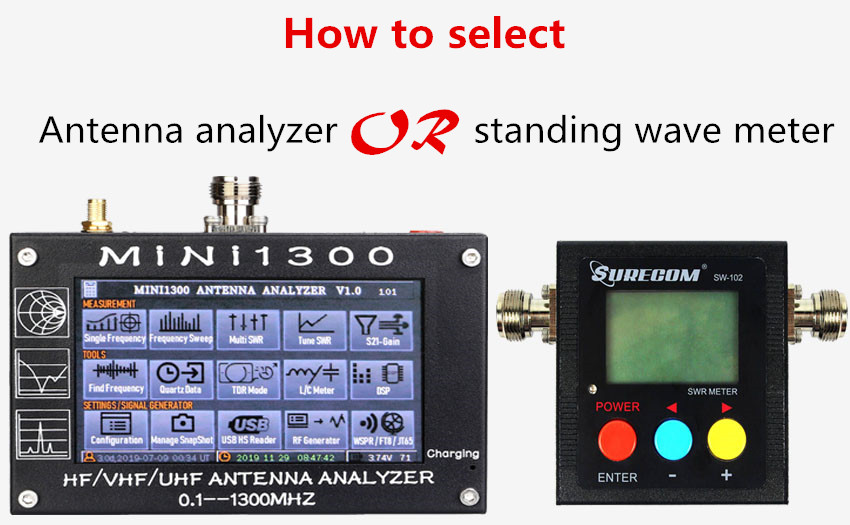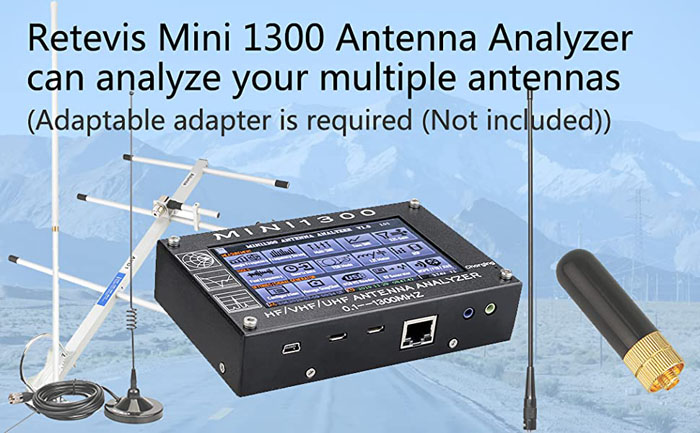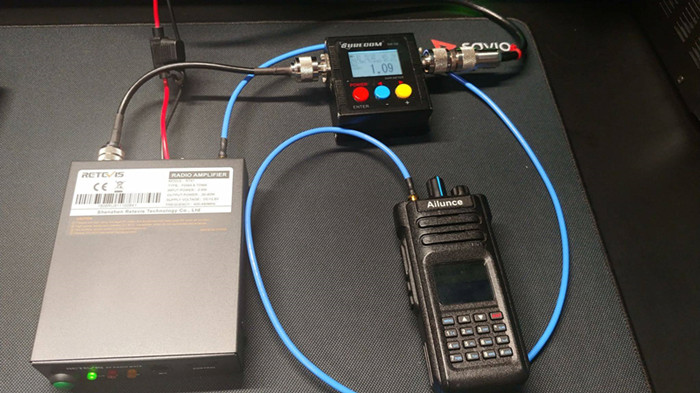+86 15093323284 hams@ailunce.com
Do you need antenna analyzer or Standing wave meter

Both the antenna analyzer and the standing wave meter can be used to test the standing wave of the antenna feeder system, but the functions and characteristics of them are also quite different. So, should we choose an antenna analyzer or a standing wave meter?
Function comparison
In addition to the measurement of standing wave, the antenna analyzer also provides another antenna parameter tests, such as impedance data, For the advanced-point antenna analyzers can also provide extended test functions such as standing wave curve, antenna resonance test, return loss, cable loss, Smith chart, spectrum analysis in a fixed frequency range. Relatively speaking, the function of the standing wave meter is relatively simple, and it can only provide the standing wave test of a single frequency point.
Comparison of test methods
The antenna analyzer is an active instrument that can work independently for off-line testing without a transmitter to provide power signals. The test frequency of the antenna analyzer is often continuously adjustable within a fixed band, and it is easy to adjust.
The standing wave meter is a passive instrument and does not require a power supply, so it must be tested online. so it needs to be connected to the transmitter's working circuit and rely on the power signal provided by the transmitter to work. Therefore, since the transmitters, especially short-wave transmitters, require mains power, and some transmitters are relatively large in size and inconvenient to move, there will be a lot of inconvenience in the field test of standing wave meters.
Comparison of advantages and disadvantages
From the above two parts, the antenna analyzer is far better than the standing wave meter in terms of function and convenience. However, there is a advantage for the standing wave meter to test SWR of antenna. when using it to test the antenna, the transmitter provides a test power of as little as a few watts to as many as tens of watts. This is the real actual working situation, even if the feeder system loss is large, it also can accurately measure the standing wave ratio. The output power of the signal source that comes with the antenna analyzer is relatively small, and most of the products are in the milliwatt level. In the case of systems with too long cables and large losses, it is easy to make the test standing wave smaller. From this point of view, it is necessary to use the standing wave meter to look at the standing wave conditions under actual working conditions after the antenna has been debugged with the antenna divider.













